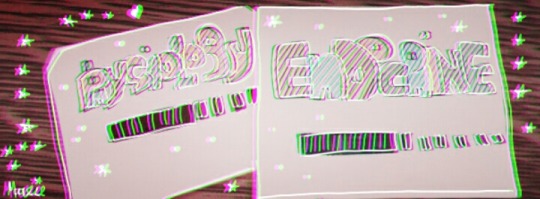#endorinewithmarie
Text
The endocrine system physiology

Part 4 (last part)
In this chapter we're going to talk about:
1. Thyroid Hormones.
2. Insulin & Glucagon.
Thyroid Hormones:
T4 or Thyroxine
T3 or Triiodothyronine
Calcitonin.
T4 & T3 :
T4 and T3 are tyrosine based hormones. Produced by the follicular cells (thyrocytes).
Synthesis:
Iodide (I-) is taken from the bloodstream by follicular cells to the colloid where it gets oxidized to iodine (I) then it combines with thyroglobulin to form MIT (monoiodotyrosine) and DIT (diiodotyrosine) .
Two DIT molecules combine to form T4 while MIT & DIT combine to form T3.
Iodinated thyroglobulin is transported back to the follicular cells and is cleaved by lysosomes.
T4 & T3 are then released into the circulation through MCT transporter.
Regulation:
TRH ➡ TSH ➡ THYROID ➡T4 & T3
➡ By:
⏫Iodide pumping
⏫ Iodination
⏫Thyroglobulin synthesis.
⏫ release of thyroid hormone.
T4 & T3 bind in the plasma to plasma proteins such as:
TBG or Thyroxine binding globulin
Albumin
Transthyretin.
The bound form is the inactive form. While free T3 & T4 form the active form that works on cells.
Note that inside the cell T4 is coverted to T3 by 5-Iodinase.
Effects:
⏫ Basal metabolic rate.
⏫Activation of sympathetic nervous system.
⏫long bone growth
⏫Hair follicle growth
Regulation of body temperature & weight.
Brain development.
Insulin:
Is a peptide hormone produced and secreted by Beta cells which are cells in the islets of langerhans
Synthesis:
Single polypeptide (preproinsulin) ➡ proinsulin (which has 3 chains : peptide A, peptide B and peptide C in between.
Proinsulin gets cleaved on two positions leaving the C chain alone (AWW :-( )
Two disulfide bonds connect The B chain and the A chain to form INSULIN
Effects:
⏬⏬ Blood sugar levels.
How :
In the liver:
Activates the formation of glycogen
(glucose ➡ glycogen)
In adipose tissue:
Activates glycolysis
In skeletal muscles :
stimulates amino acids and glucose uptake into muscle cells ➡ protein production and muscle growth.
Inhibites:
▶ Gluconeogenesis
▶ lipolysis.
Glucagon:
A hormone produced by alpha cells which are cells in the islets of langerhans.
Works by ⏫⏫ blood suger ▶ in situations like: fasting.
And it does that by:
▶ activation of gluconeogenesis & glycogenolysis
▶ activation of lipolysis.
Glucagon is a catabolic hormone which means it promotes the breaking down of large storage molecules inside certain tissues into small energy molecules in the blood.
Glucagon stimulators:
▶ low blood suger
▶ adrenaline
▶ cholecystokinin
Glucagon inhibitors:
▶ high blood sugar
▶ somatostatin
▶GH
Part 1
Part 2
Part 3
🌸- 🌸-🌸-🌸-🌸-🌸-🌸-🌸-🌸
Hello 🌸🍃
With this we're done with a good part of endocrine physiology!Next, we're going to start with clinical cases and diseases related to the endocrine system (aka we're gonna get serious SERIOUS xD) I hope you find this helpful in reviewing or studying ☺
Thank you so much🌸🍃
Marie🌸
#studyblr#medicine#physiology#notes#endocrine notes#insulin#thyroid gland#T4#thyroid hormones#glucagon#biology#biochem#pathology#medblr#study#study motivation#study inspo#notes 2020#endorinewithmarie#medical student#usmle#education
53 notes
·
View notes